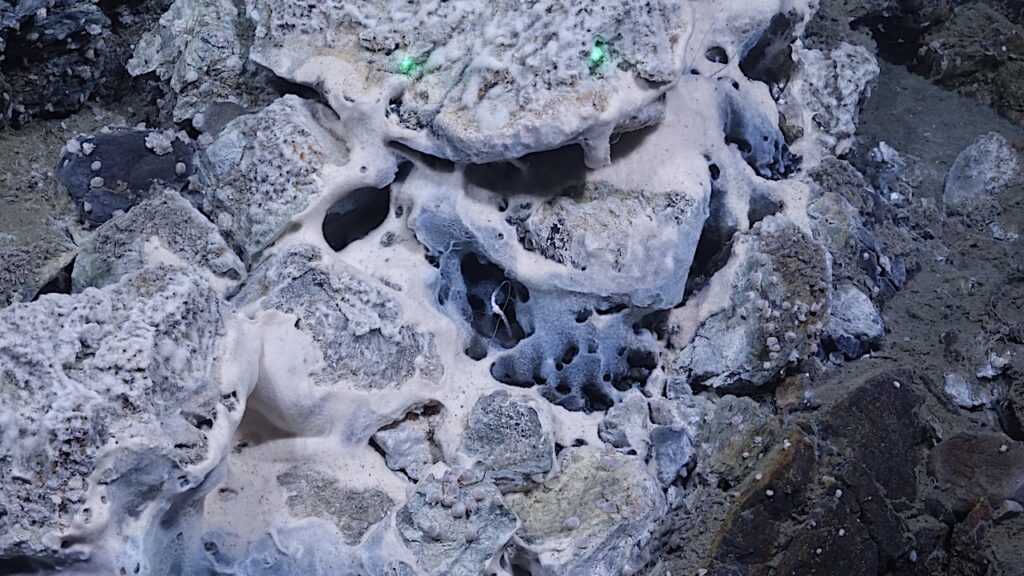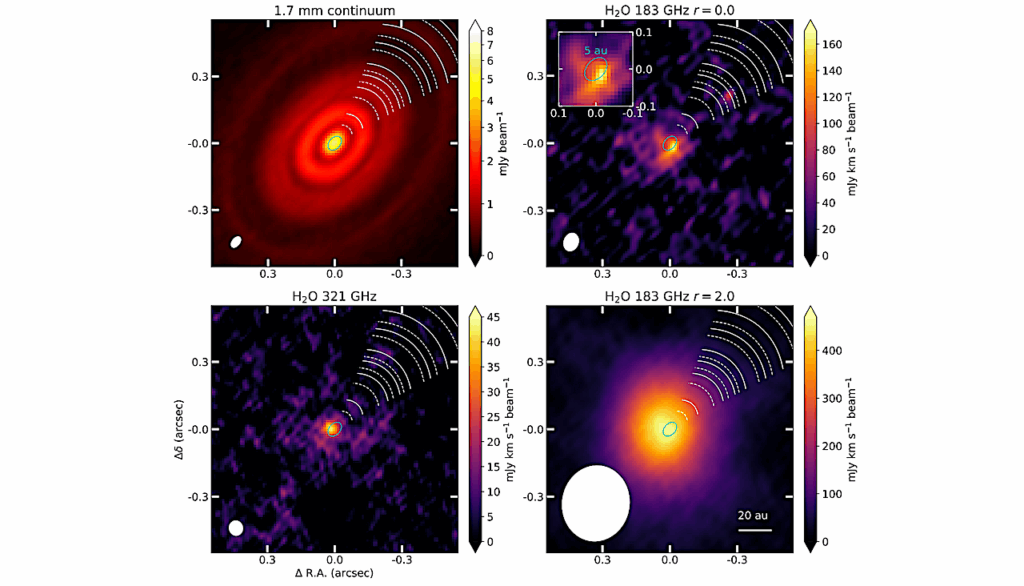Earth's Ancient Barometric Pressure

Researchers supported in part by the NASA Astrobiology Program have attempted to better understand global barometric pressure on Earth during the Archaean by studying vesicle sizes in 2.9 billion year-old lavas that erupted near sea level.
Today, Earth’s global barometric pressure is 1 bar at sea level. However, barometric pressure has changed throughout the planet’s history.
Samples were taken from the Pongola Supergroup from Mahlangatsha and Mooihoek, eSwatini (formerly Swaziland), and the White Mfolozi River gorge of KwaZulu-Natal, South Africa. This study is only the second time the method has been employed, and the team was unable to gather reliable results due to aspects of the sample site. The researchers recommend that future studies be undertaken at other locations, and provide guidelines for vesicular paleobarometry based on the outcomes of this project.
The study, “Vesicle paleobarometry in the Pongola Supergroup: A cautionary note and guidelines for future studies,” was published in the journal South African Journal of Geology. The work was supported by NASA Astrobiology through the Exobiology Program. This newly-revealed science is also a critical part of NASA’s work to understand the Universe, advance human exploration, and inspire the next generation. As NASA’s Artemis program moves forward with human exploration of the Moon, the search for life on other worlds remains a top priority for the agency.
Vesicle paleobarometry in the Pongola Supergroup: A cautionary note and guidelines for future studies, South African Journal of Geology
“Earth’s global barometric pressure, currently 1 bar at sea level, may have changed over its 4.5-billion-year history. Proxy measurements, including N2/36Ar ratios in ~3.5 to 3.0 Ga hydrothermal quartz, ~2.7 Ga raindrop imprints, and ~2.7 Ga vesicle sizes in subaerial basalt lava flows indicate Archean air pressure could have been between 0.1 and 1.2 bar. However, some models argue air pressure in the Archean should have been much higher than now and could allow pressure broadening of greenhouse gas absorption lines to counteract the “Faint Young Sun”. Thus, additional paleobarometric measurements would be useful to further constrain Earth’s atmospheric evolution.”
Astrobiology








